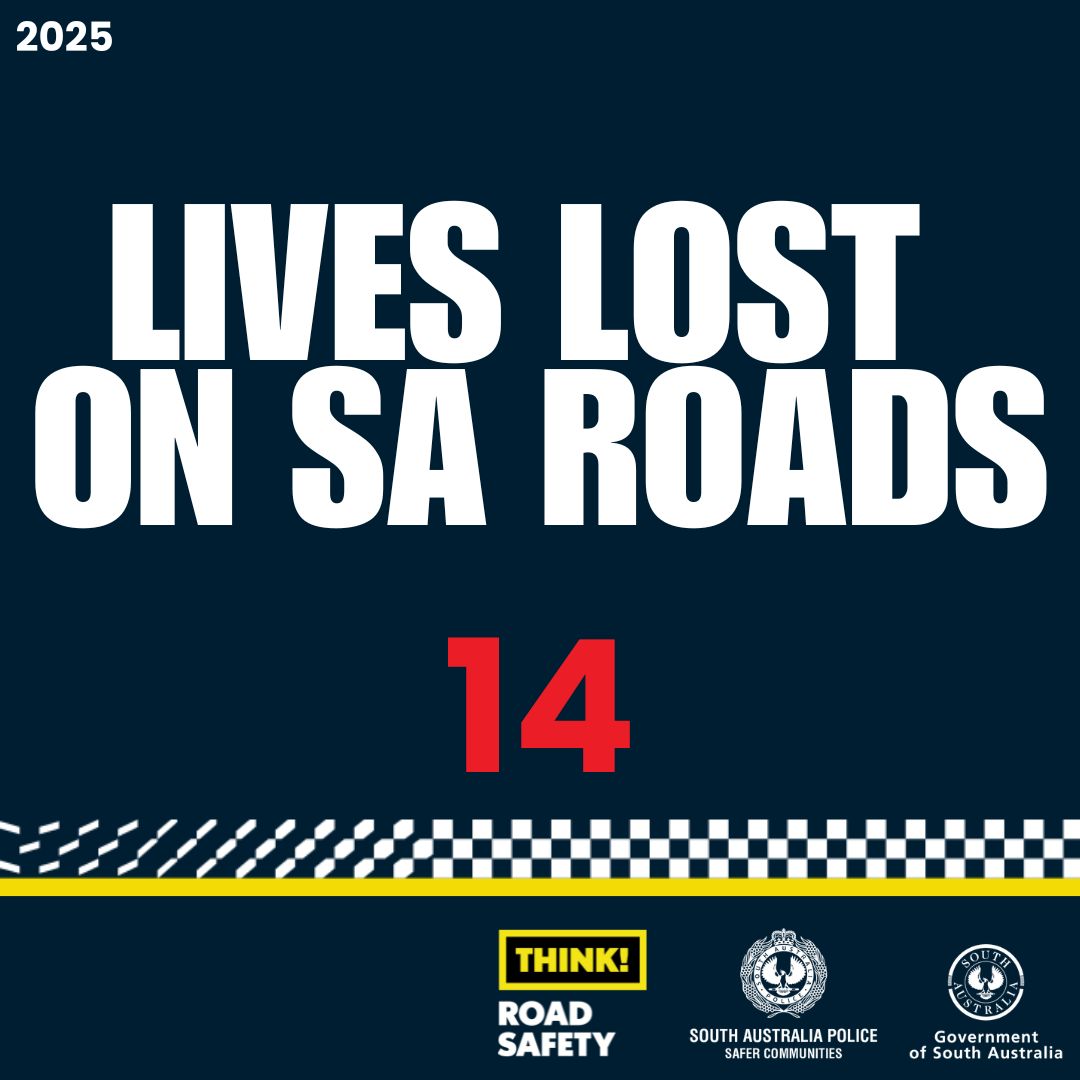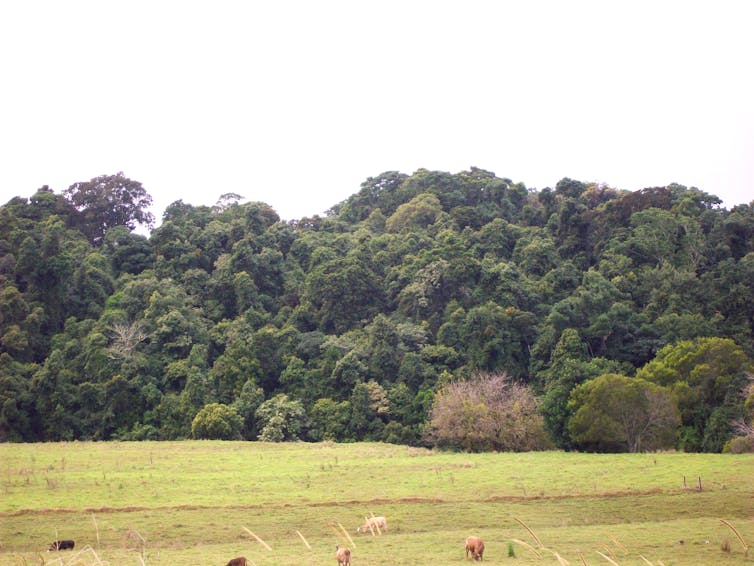Two in three Indigenous-style souvenirs are inauthentic, with no connection to Aboriginal and Torres Strait Islander people. In a draft report released today, the Commission is calling for mandatory labelling of inauthentic products to warn consumers, a strengthened code of conduct, and protections for Aboriginal and Torres Strait Islander cultural expressions.
“Inauthentic products can mislead consumers, deprive Aboriginal and Torres Strait Islander artists of income and disrespect cultures,” Productivity Commissioner Romlie Mokak said.
“Mandatory labelling would steer consumers toward authentic products and put the compliance burden on those producing fake products, not Aboriginal and Torres Strait Islander artists.”
“On balance, we consider it is a more practical response than trying to ban inauthentic products,” Mr Mokak said.
The Commission found that annual sales of Aboriginal and Torres Strait Islander visual arts and crafts, including souvenirs, were about $250 million. Aboriginal and Torres Strait Islander visual arts and crafts support thousands of jobs — many in remote communities — and are a major drawcard for tourists.
But Aboriginal and Torres Strait Islander communities face longstanding challenges in protecting their cultures from being misappropriated in visual arts and crafts.
“Communities have limited legal avenues to protect their sacred stories and symbols from being used without permission and out of context,” Commissioner Lisa Gropp said.
“Our draft report proposes new legislation that would recognise the rights of Aboriginal and Torres Strait Islander people to protect these cultural expressions,” Ms Gropp said.
Many Aboriginal and Torres Strait Islander artists engage successfully with art dealers, galleries and consumers — often through community-controlled art centres. But there are still instances of unscrupulous behaviour towards artists.
The Commission also recommends strengthening the supports available to artists through the Indigenous Art Code, and reviewing the adequacy and effectiveness of government funding, to ensure it aligns with community priorities and supports capacity for future growth.
People can find the draft report and provide a comment or submission at .
Key points | |
Aboriginal and Torres Strait Islander people have been creating visual arts and crafts for tens of thousands of years. This practice has grown into a significant industry, generating income for artists and art workers, creating economic opportunities for communities, and helping to maintain, strengthen and share Aboriginal and Torres Strait Islander cultures. | |
Total sales of Aboriginal and Torres Strait Islander visual arts and crafts reached about $250 million in 2019–20 — this includes $30–47 million in artwork sales through art centres and at least $83 million in sales of merchandise and consumer products (mostly souvenirs) bearing Aboriginal and Torres Strait Islander art and designs.
| |
Inauthentic arts and crafts — predominantly Indigenous‑style consumer products not created by Aboriginal and Torres Strait Islander people — are a pervasive and longstanding problem. They disrespect and misrepresent culture and, by misleading consumers and denting confidence in the market, they deprive Aboriginal and Torres Strait Islander artists of income. Inauthentic products accounted for well over half of spending on Aboriginal and Torres Strait Islander souvenirs in 2019‑20. | |
Mandatory labelling of inauthentic products would raise consumer awareness and help them distinguish between authentic and inauthentic products, impose a negligible compliance burden on Aboriginal and Torres Strait Islander artists (and their commercial partners), and involve modest establishment and administration costs. | |
Some visual arts and crafts make use of Indigenous Cultural and Intellectual Property (ICIP), such as sacred symbols, without the authorisation of traditional custodians. This undermines customary laws and limits the economic benefits flowing back to Aboriginal and Torres Strait Islander people. Legal recognition and protection of ICIP is patchy, with very few limits on whether, how and by whom ICIP is used in visual arts and crafts. | |
A new law that strengthens protection for aspects of ICIP used in visual arts and crafts would formally recognise the interests of Aboriginal and Torres Strait Islander communities in their cultural assets, promote respectful collaborations and allow for legal action where protected cultural assets are used in visual arts and crafts without the authorisation of traditional owners. | |
Art centres assist thousands of established and emerging artists to practise their arts and crafts and engage in the marketplace; they fulfil important cultural and social roles. Other organisations provide vital services to artists — including addressing instances of unethical conduct from other market participants. Improving funding and the effectiveness of support services, as well as strengthening the Aboriginal and Torres Strait Islander arts sector workforce, will be critical for future growth. An independent evaluation of Australian Government funding to the sector — undertaken in partnership with Aboriginal and Torres Strait Islander people — is needed to inform future funding needs, objectives and strategic priorities. | |
About us:
Productivity Commission – Providing independent research and advice to Government on economic, social and environmental issues –







